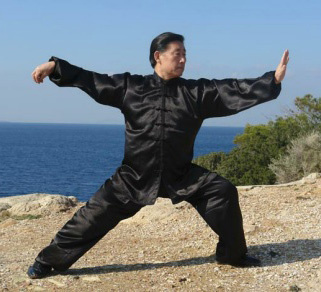I have seen what Flying Crane is talking about happen a number of times. One on of the most striking examples is one of the guys I used to train with years ago, he had done wing chun for about 4-5 years, training with my Sifu. He started about a year and a half after me I guess. He was awesome at it. Had the right body type, very soft force (just the kind we need for wing chun, how we do it anyway), very good sensitivity, extremely fast with his hands, and on his feet with a great centreline.
What brought him to wing chun however was watching Once Upon a Time in China. He was happy to do wing chun until one of Jet Li's instructors moved to the Canberra region and started teaching Wu Shu and Tai Chi. He decided that he was going to do both Wing Chun and Wu Shu. My Sifu warned him that he would have to chose one or the other if he wanted to do either well, as the way they generate power would be entirely different. He tried to do both for a while and his wing chun detreated so fast it was actually quite surprising. The two were just incompatible. In the end he ended up sticking with the Wu Shu.

